Audemars Piguet
It was a classic case of having too much work and not enough time to do it that led to Jules-Louis Audemars teaming up with Edward Piguet. Audemars hired Piguet to cope with increased demand for his highly complicated watches, a passion Piguet shared.
The two became friends and, in 1875, established their own brand in Le Brassus, where Audemars Piguet remains today producing about 40,000 watches a year. Complicated watches are still a speciality, thanks in part to having renowned movement makers Renaud et Papi as an AP subsidiary, but the brand is best known for kickstarting the luxury steel watch trend with the launch, in 1972, of the Gerald Genta-designed Royal Oak.
There have been other iterations, such as the Royal Oak Offshore, and models featuring perpetual calendars and chronograph functions but the straight-up two-hand Royal Oak remains Audemars Piguet’s iconic calling card.
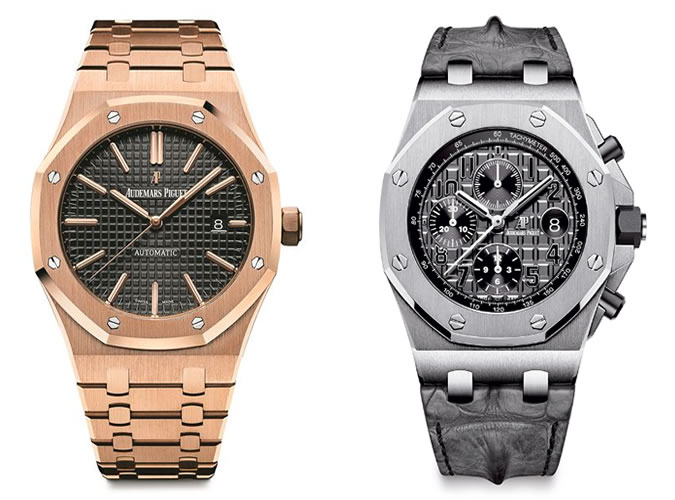
Rolex
The best-known luxury watch brand in the world was started in 1905 by Hans Wilsdorf while he was residing in London. Apparently, the name comes from a suggestion from a Hispanic employee that they call the new brand Relex which was an abbreviation of “relojes excellentes”. Relex didn’t cut it so Wilsdorf changed the “e” to an “o” and history was made.
As well as producing around 2,000 watches a day, Rolex is a brand of firsts. The 1926 Oyster was the first waterproof wristwatch, the 1945 DateJust ref.4467 had the first automatically changing date and its GMT Master from 1954 was the first dual time-zone watch.
It has earned a reputation for making highly desirable, exceptionally well-made watches. No wonder a gold Rolex can allegedly be used as currency anywhere in the world.

A. Lange & Sohne
Despite appearances, the current incarnation of Lange & Sohne has only been making watches since 1994 when it launched the Lange 1. There was a pre-war company in Glashutte but that was nationalised by the post-war Soviet administration. When Germany was reunified in 1990 Walter Lange was offered his old premises back. He refused and set up Lange 2.0 down the road.
Lange is renowned for the complexity and finish of its movements. Every model is mechanical, with movements made from a metal called German silver and a hand-engraved balance cock. It is also known for the outsize numerals of its date indicator, a style it translated into jumping hours for its 2014 Zeitwerk, and for positioning the displays on the dial according to the principles of the golden ratio (approximately equal to a 1:1.61 ratio).
This is precision German watchmaking at its best.
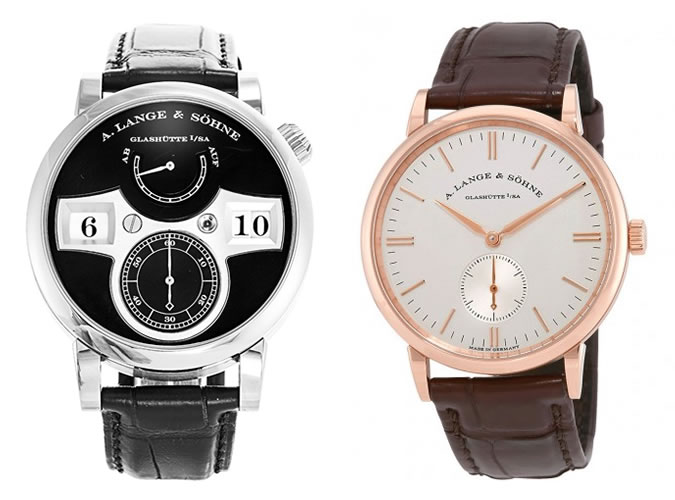
Vacheron Constantin
Nothing – not the French revolution, not the Napoleonic Wars or two world wars – has stopped Vacheron Constantin from producing watches every year since 1755. Although it makes classic dress styles, jewellery pieces and more sporty designs, Vacheron’s reputation is built on a history of exceptionally complicated watches.
It currently holds the record for most complicated watch ever made – the Ref. 57260 – which houses 57 complications. Needless to say, it’s 98mm wide and not made for your wrist.
Its symbol, the Maltese cross, which was originally created by the Maltese knights during the First Crusade, was chosen because its shape is the same as the component fixed to the barrel of its movement, which reduces the number of wheels necessary for winding and has been on the dial since 1877.
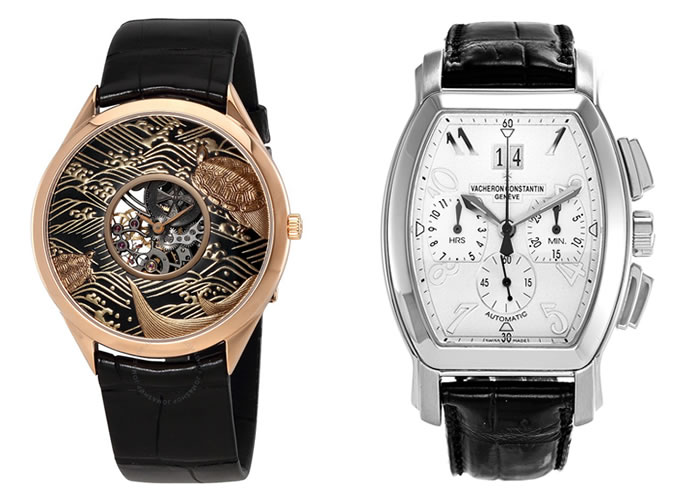
Patek Philippe
If Rolex is the brand everyone wants, Patek is the brand they aspire to. In 175 years, it has weathered world wars, recessions and near collapse (which was how the current owners, the Sterns came to buy the business) to become leader in the luxury watch world.
Set up by Antoni Patek and Jean Adrien Philippe in 1851, it has made watches for royalty, mastered all the extreme complications watchmaking has to offer and recently become one of the leading brands in terms of silicon technology. It even dabbled with compliant mechanisms with the launch of 2017’s Aquanaut Ref 5650 proving that Patek Philippe is still an innovator not a follower.

Cartier
Founded in Paris in 1847 by Louis-Francois Cartier, it is credited with creating the first-ever pilot’s watch, in 1904, in the form of the Santos, which was designed for pilot Alberto Santos-Dumont when he complained to Cartier about the difficulties of getting out his pocket watch mid-air. Since then Cartier has become famous for its Art Deco-inspired core collection that sits alongside haute horlogerie designs that showcase metiers d’art skills as well as highly complicated watchmaking.
Other iconic styles include the Tank, which was designed in honour of the invention of the military tank, and the Drive de Cartier. All watches made by the brand have a blue cabochon in the crown.

Omega
Although officially founded in 1903, Omega’s roots go back further, to 1848, when its forerunner La Generale Watch Co was set up in La Chaux-de-Fonds. While it is best known for putting the first watch on the moon, in the form of the Speedmaster, for being Bond’s trusty companion and for timing the Olympics since 1932, it has done other things.
In 1917 it was chosen as the British Royal Flying Corps watch. In 1947, it created the first tourbillon wristwatch calibre. It took a chance on British watchmaker George Daniels and, in 1999, mass produced his co-axial escapement, considered to be the most significant horological development since 1755 when the lever escapement was invented. And finally, in 2013, it brought out the first movement resistant to magnetic fields greater than 15,000 gauss.
A genuine trailblazer.

Harry Winston
Big diamonds were Harry Winston’s stock in trade for nearly 100 years, but, in 1989, Harry’s son Ronald, a watch collector, decided that timepieces needed to be part of the portfolio. Enter the Premier collection, which featured the now iconic three arches motif on the case at 12 and six o’clock, and the words “New York” on the dial – Harry Winston being the only Swiss watch to say that.
In 2001, it entered the world of complicated watchmaking through its Opus series, which saw the brand collaborate with renowned independent names such as FP Journe, Vianney Halter and Christophe Claret. Although this has ceased, Harry Winston has garnered a reputation for watches that are as beautifully designed as they are mechanically impressive.
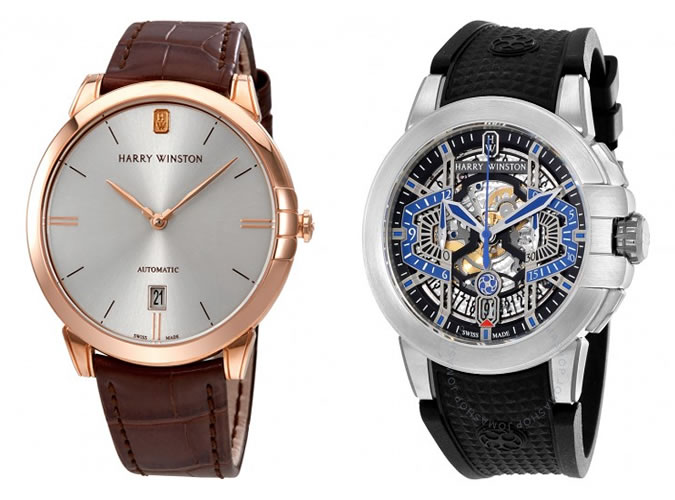
The modern incarnation of Blancpain is also the start of Jean-Claude Biver’s rise to watch industry impresario (he’s currently the CEO of Tag Heuer and Hublot). In 1981 Biver found himself jobless as a result of the quartz crisis; determined to stay in watches, he persuaded his friend Jacques Piguet to buy Blancpain from Omega for just CHF20,000. Biver also bought a small farmhouse and installed 20 watchmakers in there to make Blancpain great again.
The new watches had to be round, with a bezel consisting of two concentric circles and exclusively mechanical. Ten years later, Biver sold Blancpain to SMH (the forerunner of the Swatch Group) for CHF60m. Blancpain has never made a quartz watch and has become renowned for icons such as its Fifty Fathoms diving watch, which was worn by Jacques Cousteau, and for reviving forgotten complications such as the carrousel.
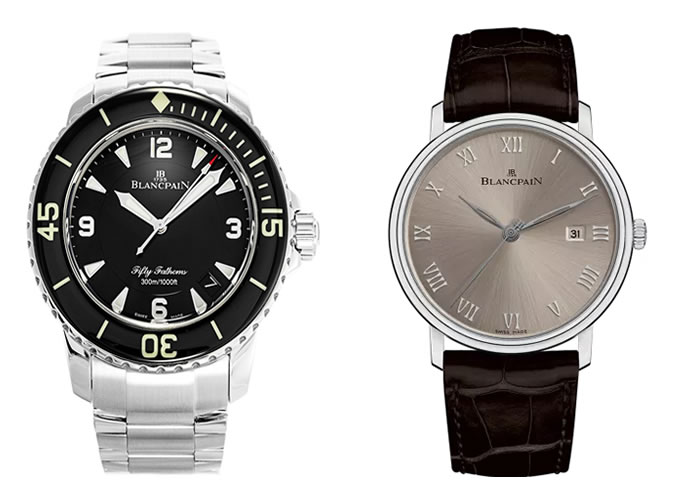
Piaget
If ultra-thin watches are your thing, then Piaget is your go-to brand. Credited with making the manufacturing of slim watches a complication in its own right, it was founded in 1874 by Georges Piaget and started out making complicated movements for other names in the Vallée de Joux.
Its experimentations with thinness started in 1957, when it launched the Calibre 9P, a hand-wound 2mm high movement. From there Piaget has created the thinnest tourbillon movement, the thinnest flying tourbillon and finally in 2014 it launched the Altiplano 900P, the world’s thinnest hand-wound mechanical watch, which is just 3.65mm and has the caseback as the mainplate (the base on which the rest of a watch’s movement is constructed).
In 2016 it rebooted its Polo as the Polo S and got Ryan Reynolds on board as ambassador.
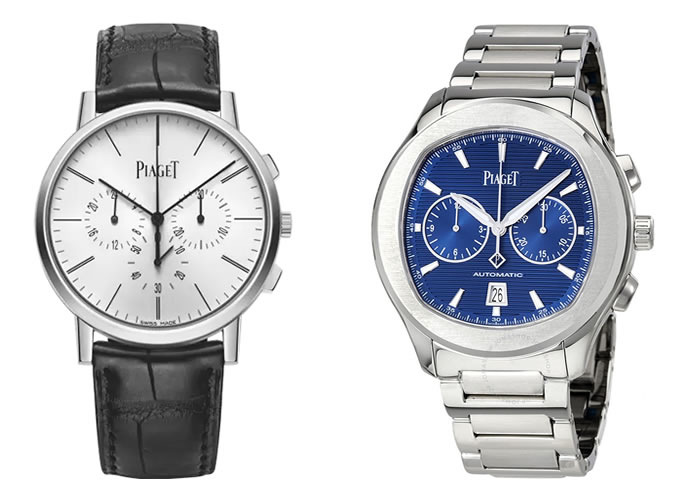
Zenith
Zenith wouldn’t exist today were it not for Charles Vermot. Vermot was an engineer in the brand’s ébauche department when, near-bankrupt, it was sold to a US company – the Zenith Radio Corporation – in 1971. The new owner decided quartz watches were the way forward and asked for the tools, machines and components that made the El Primero movement to be gotten rid of. Vermot didn’t do that, he stored it in the building’s attic instead.
This meant that when, after it was sold back to Swiss owners in 1978, Rolex came calling in need of a modernised movement based on the El Primero for its Daytona, Zenith was able to accept the CHF7m deal; a move that saved the company Georges Favre-Jacot set up in 1865.
It is a brand that continues to innovate. Its other famous movement, the Elite, was the first movement designed by CAD, while it recently launched the Zenith Deft Lab, which has a regulator that is a single component etched from silicon and is the world’s most accurate watch.
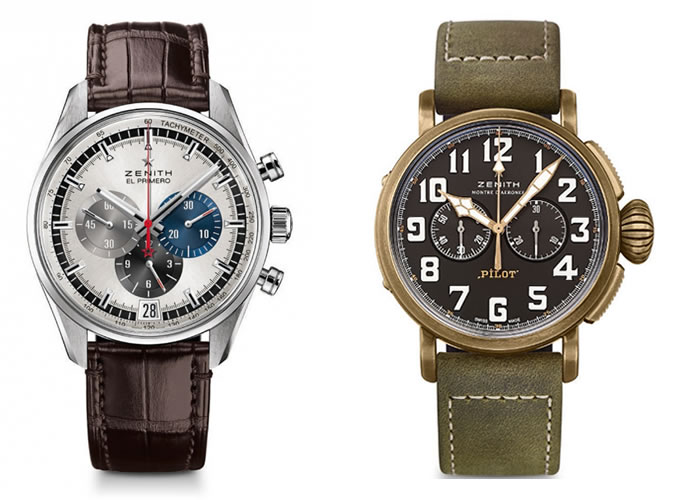
IWC
IWC is a rare beast being a Swiss watch brand founded by an American (Florentine Aristo Jones in 1868). Jones came to Schaffhausen because industrialist Johann Heinrich Moser needed customers for his ingenious system for harnessing the hydraulic power of the Rhine. The Swiss weren’t keen on this interloper and taxed him out of the country, so IWC got a more local owner.
Despite developing a watch for the British Royal Airforce (the Mark IX) and being the timepiece on Edmund Hillary when he succeeded in climbing Everest with Sherpa Tensing in 1953, IWC was nearly killed by the quartz crisis of the mid-1970s. It was saved by making watches for Porsche, a relationship that ended not very amicably in 1998.
IWC is now known for its engineering excellence and its five main collections constitute the perfect watch wardrobe – taking you from dress to diving via some of the world’s best pilot’s watches.
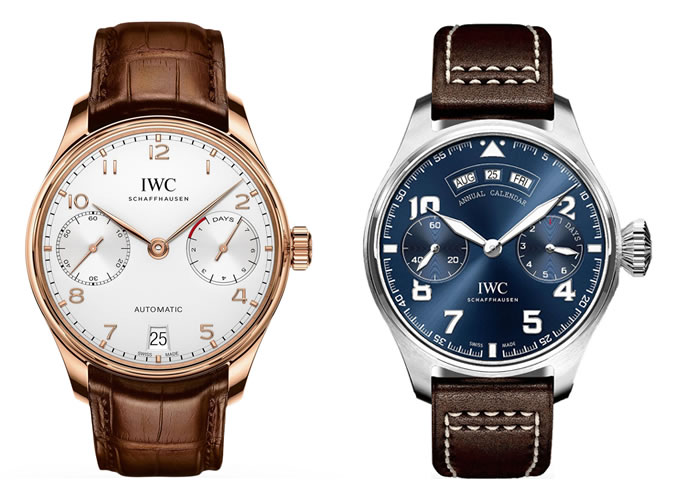
You just can’t get more British than Bremont. Set up by brothers Nick and Giles English in 2002, both of whom are keen pilots, it started out creating aviation-inspired watches that had a super-strong patented three-part case construction.
Since then it has created watches that can withstand the pressures of being ejected from an aircraft, special editions that have contained pieces of Supermarine Spitfires (2017’s 1918 collection), a de Havilland (the DH-88) and historical artefacts from Bletchley Park (the Codebreaker).
It works with military units all over the world to develop special editions that meet the unit’s particular need and in 2014, it unveiled its in-house movement created in collaboration with La Joux-Perret. Bremont is also committed to trying to do as much manufacturing as possible in its UK base at Henley-upon-Thames.

The man who gave his name to this brand is generally considered to be a watchmaking genius. During Abraham-Louis Breguet’s career, which started in 1775, he invented the tourbillon, improved the isochronism of the balance spring by upraising the spring’s last coil and designed one of the most sophisticated watches of all time for Marie-Antoinette.
The modern Swatch Group-owned incarnation still retains the complex movements and classical aesthetic of the old Breguet, it even makes a watch called La Tradition in homage to the watches Breguet produced on subscription.
Every Breguet watch has a secret signature etched on the dial, which Abraham-Louis devised as a countermeasure against counterfeiters in 1795.
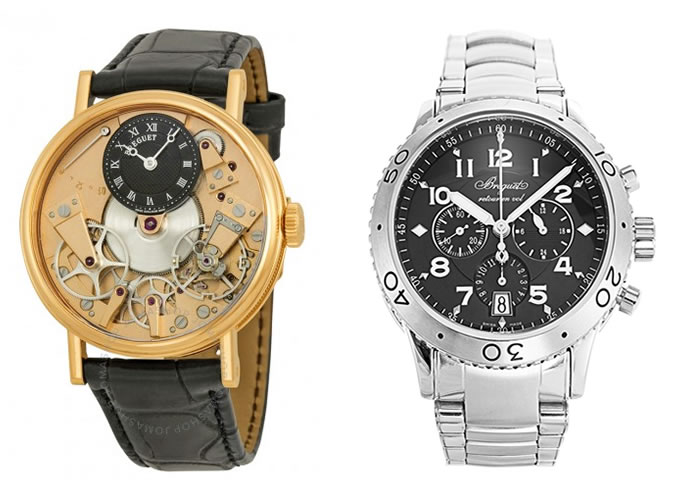
Panerai
This Italian military brand founded in 1860 has an unlikely saviour in the form of Sylvester Stallone. From 1938 until 1970, Panerai was the sole supplier of wrist-worn diving instruments for the Marina Militare. However, when the Soviet Union was dissolved on Boxing Day 1991, the Italian Navy was put on hold and was told to make cutbacks. With its source of income stymied, Panerai had no choice but to diversify into the civilian market.
It launched a series of 1,000 of its Luminor watches, made in Switzerland. The reaction in Italy to these watches was phenomenal. Sylvester Stallone, alone, bought 200 for his friends, one of whom just happened to be Richemont CEO Johann Rupert, the luxury conglomerate that now own the brand. Without Stallone we wouldn’t be able to still buy the Luminors and Radiomirs that have made Panerai famous.
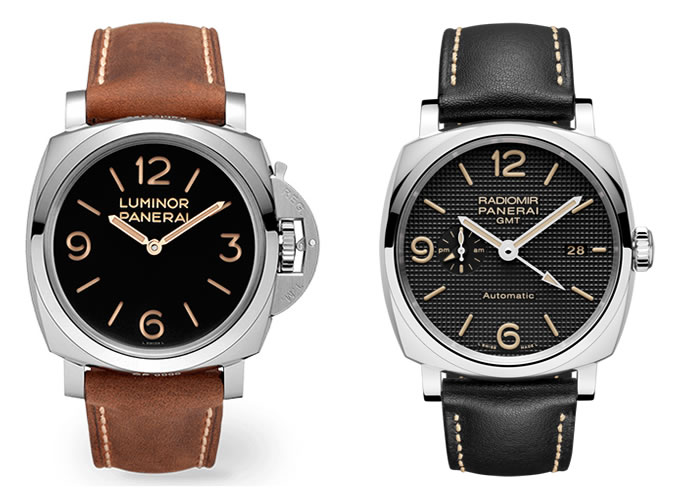
Grand Seiko
First launched in 1960, Grand Seiko was just one watch, rather than a comprehensive range, that was intended to be the best wristwatch the brand could produce at the time. The success of that one watch spawned successors and soon Grand Seiko was being talked about in the kind of hushed tones reserved for vintage Patek Philippes. Its reputation as being a brand for those in the know was enhanced by the difficulty in purchasing one of its watches outside of its native Japan, a situation that is true even now.
It has now become the repository for the brand’s most extreme complications – tourbillons and minute repeaters – and a showcase for such handcrafts such the micro artistry on the Eichi. However, in a somewhat Japanese contradiction, there are also beautifully made yet comparatively affordable styles, such as the Mechanical Hi Beat, that also bear the Grand Seiko name.
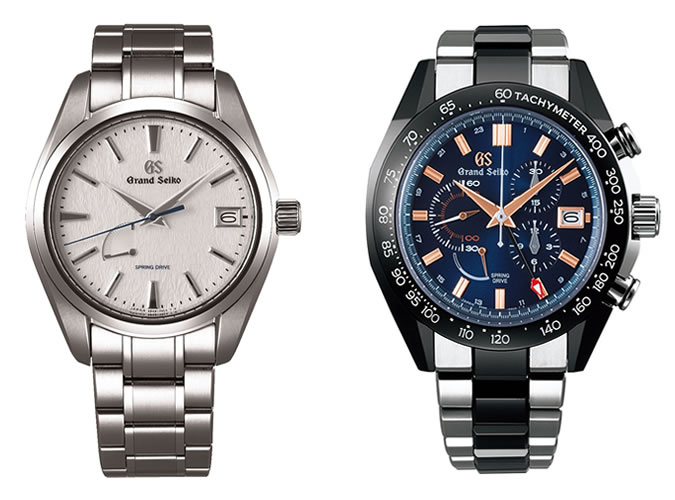
Tudor
By the mid-1940s, the founder of Rolex, Hans Wilsdorf, noticed that the public’s fascination with luxury wristwatches was at fever-pitch. Customers wanted Rolexes but not everyone could afford one. Wilsdorf’s idea was to launch a brand that was as well made as Rolex, but more accessible. Enter Tudor.
The watches were similar looking to Rolex, the quality was the same and a lot of them bore many of the same names such as the Oyster and the Submariner. However, they were made using third-party lower-cost, rather than in-house, movements and non-precious metals. Up until the quartz crisis things were good for Tudor. However, when things got dicey in the 1980s Rolex failed to fully bail out its sibling brand leaving it to go quiet.
Then in 2011, Tudor watches burst back on the scene with the brand’s Heritage Chrono, followed a year later by the iconic Heritage Black Bay and then the launch of its own in-house movement. Not such a little brother now.
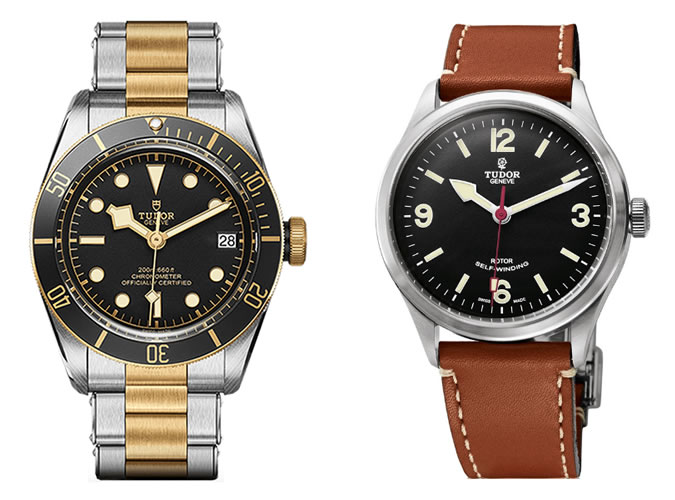
Bell & Ross
Despite being owned by Chanel, one of the most feminine Maisons this side of the Rive Gauche, Bell & Ross was set up by a team of specialists in aeronautical instruments. Using high-end Swiss components, it was founded in the early nineties by Bruno Belamich and Carlos Rosillo, in collaboration with German brand Sinn, and some aircraft instrument manufacturers. Their mission: to craft robust and functional watches for “professionals”.
And they certainly delivered – astronauts, military pilots, elite police squads, racing drivers, divers, and bomb-disposal experts all use Bell & Ross watches as tools on their missions. It has also conquered the sea with its range of deep divers, which it succeeded in launching in a square case this year with the BR03-92.
Despite being tool watches, thanks to its clean, functional design, it can also been worn off the field, which is why it is also the watch of choice for the aesthetically minded.
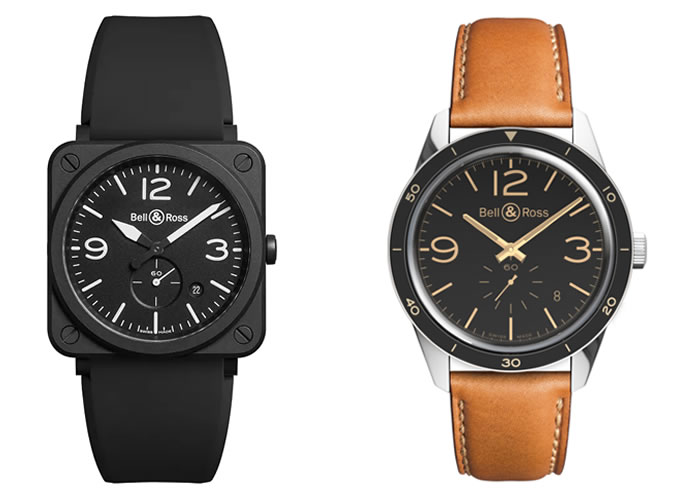
Tag Heuer
Technically this should be a history of Heuer, because TAG (which stands for Techniques d’Avant Garde) didn’t acquire Heuer until 1985. Back in 1860 Edouard Heuer founded the Uhrenmanufaktur Heuer (Heuer Watchmaking) and by 1882 had patented his first chronograph, a complication that has become the brand’s stock in trade.
The automotive association is also entwined in the brand’s history, dating back to 1911, when Heuer created the first dashboard chronograph. And although Omega was the first watch on the moon, a stopwatch used by John Glenn on 1962’s Mercury Atlas 6 space flight made Heuer the first Swiss watchmaker in space.
Other milestones in TAG Heuer’s history include the partnering in the mid-1960s with Breitling and Hamilton to create the first automatic chronograph – a move which lead to the launch of the Autavia, Carrera and Monaco housing Calibres 11 or 12, 14 and 15 respectively. Steve McQueen wearing a blue Monaco in the 1971 film Le Mans and finally its successful move in 2015, under the leadership of Jean-Claude Biver, into the smart watch arena with the TAG Heuer Connected. Chronograph dial optional for once.
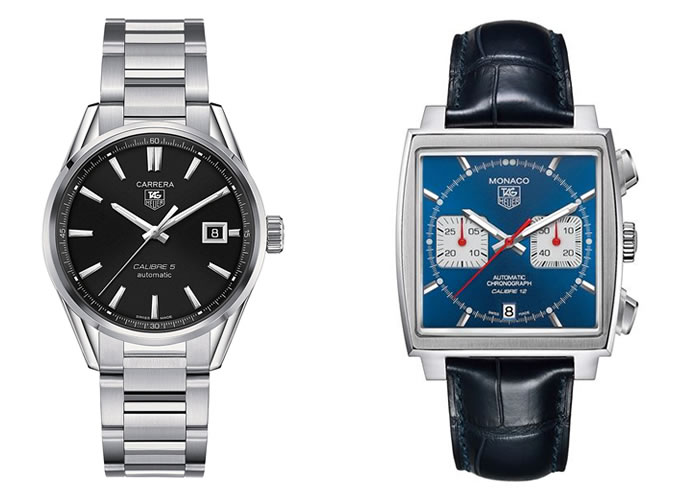
Ulysse Nardin
This is another one of those rare names that has never ceased production since it was founded in 1846 in Switzerland’s Le Locle. Ulysse Nardin started as a manufacturer of highly accurate marine chronometers; so accurate in fact that at one point in the 1800s, 50 of the world’s navies set their course by its machines. Watches had always been part of the business, but they really came to the fore when quartz marine chronometers started appearing in the 1960s.
In 1983 the brand was given a reboot thanks to businessman Rolf Schnyder who bought the company, installed watchmaker Ludwig Oechslin and refocused the brand to making extremely complicated timepieces, such as its Astrolabium, the first of its Triology of Time series, which display local and solar time, the orbits and eclipses of the sun and moon and the position of major stars.
However, by far its craziest watch remains the Freak. Its mainspring is wound by turning the case-back and the hands are set using the bezel. It was one of the first watches to use silicon parts in a mechanical movement, was totally avant-garde and had an eight-day power reserve. It has remained the brand’s calling card and an indicator of just what it can do mechanically.
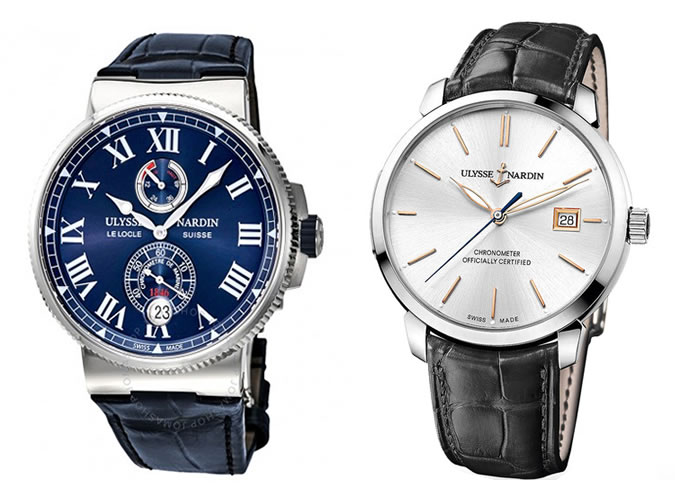
Chopard
Cars and Cannes are probably what Chopard is most well-known for, thanks to its partnership with the Mille Miglia, the Italian endurance race and its sponsorship of the Palme D’Or trophy for the glamorous film festival. However, it was founded in 1860 by Louis-Ulysse Chopard as a pocket watch and women’s watchmaker.
When the Chopard family ran out of successors, Paul-André Chopard sold the company to German watchmaker Karl Scheufele III, whose son and daughter run the brand today. Its men’s watches now fall into three distinct categories – Classic, which is inspired by Louis-Ulysse’s pocket watches; L.U.C, which houses its complications, technological innovations and its recent foray into the Fairmined field; and its Classic Racing, which features all its automotive-inspired designs.
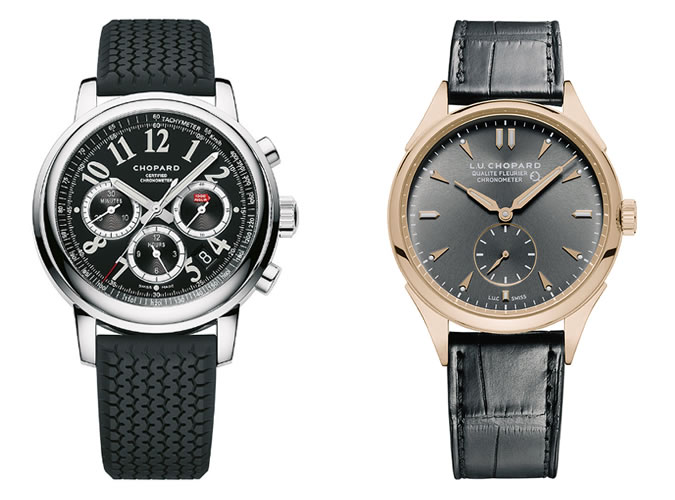
Breitling
If you’re a pilot and you want a precision chronometer, you go to Breitling, which isn’t surprising as this is something the brand founded by Léon Breitling in 1884 has been doing since World War I.
Its most famous example is the Navitimer, which was launched in 1952 and is equipped with a circular slide rule on the bezel. Quartz was adopted by the brand when Willy Breitling, Léon’s grandson, sold the company to electrical engineer and recreational pilot Ernest Schneider though most Breitling buyers prefer the automatics.
Since then Breitling has added watches for divers, astronauts and even a watch, the Emergency, that contains a radio transmitter that, when activated broadcasts on the 121.5MHz distress frequency so you can be rescued wherever you are in the world. The brand also has a long-running partnership with luxury car brand Bentley.

Montblanc
Apparently when in 1997 then-Montblanc CEO Norbert Platt unveiled the brand’s first wristwatch, one of the first questions from the amassed press was, “Where do you fill it with ink?”
A lot has changed in 20 years. Montblanc now has two manufactures – a main watchmaking HQ in Le Locle and the Minerva facility out in Villeret (an old name that was acquired by Richemont and assigned to Montblanc). It also has an impressive collection of watches, such as the Nicolas Rieussec designs, which are inspired by the “time writer” that the famous watchmaker used to time horse races in 19th century France, and the fountain pen-inspired Meisterstucks.
From being a bit of a joke, Montblanc has risen to become a fully-fledged manufacture, making many of its movements in-house. In 2017, it also entered the smart watch arena with a timepiece inspired by its 1858 design and intended for gentlemen travellers.
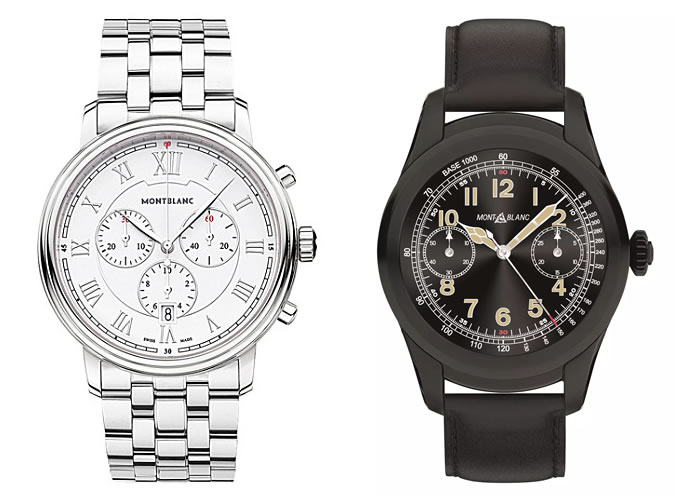
Jaeger-LeCoultre
Sitting alongside illustrious names such as IWC, Panerai and Piaget is the Richemont Group’s most esteemed and capable watchmaker: Jaeger-LeCoultre. The brand behind the Reverso, the smallest-ever Calibre 101 movement and the mesmerising multi-axis Gyrotourbillon, is one of the few names to master of all 180 skills required to make fine watches. Mr Antoine LeCoultre first founded his workshop in Le Sentier in 1833, on the exact spot where the considerably expanded 28,000m2 ‘manufacture’ can still be found.
Pioneering micron-precision machines from as early as 1844, finely engineered and hand-finished components were his speciality, and the number of unique calibres in the Maison’s archive now totals some 300. It fell to the third generation of LeCoultres to team up with French marine chronometer maestro, Edmond Jaeger in the early 20th century, to form the brand we know now: Swiss technical expertise with a distinctly Parisian aesthetic.

Parmigiani Fleurier
It was thanks to the Sandoz Foundation – the investment foundation set up by the sculptor and painter Edouard-Marcel Sandoz in 1964, which aims to encourage Swiss entrepreneurs – that Michel Parmigiani was able to set up his watchmaking business.
Such was his technical prowess that by 2003, a subsidiary company called Vaucher was formed when the movement side of Parmigiani was separated out from the watchmaking element, allowing the group to supply the likes of Hermes as well as making its own in-house movements.
Today, a lot of Parmigiani’s watches are inspired by past designs. For example, it was a 19th century Perrin Ferres pocket watch that inspired the Toric Capitole Minute Repeater, which launched in 2011.
Its Bugatti watches, which first launched in 2006 are the most innovative and interesting, playing with form and movement construction in a breathtaking display of skill.
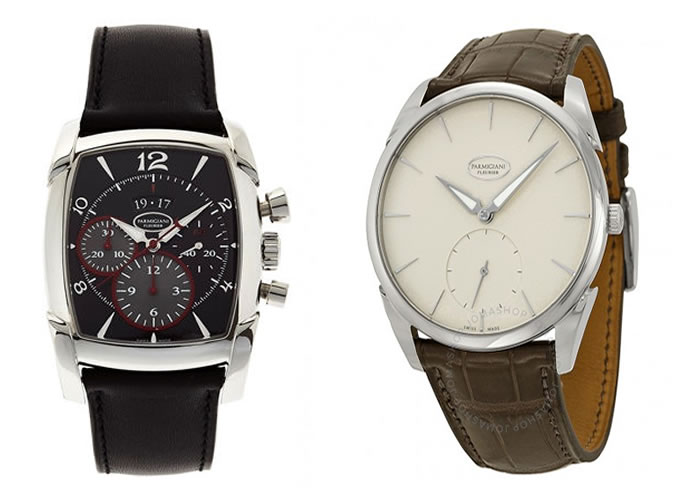


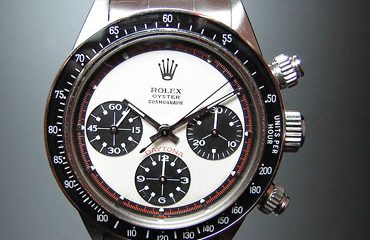
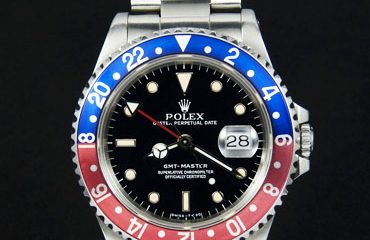
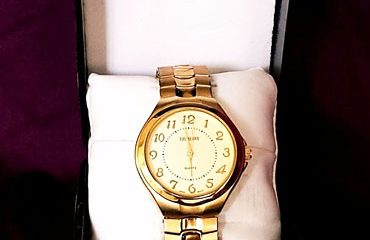

You must be logged in to post a comment.